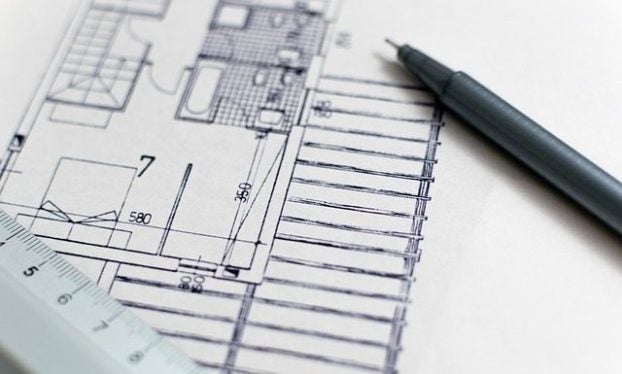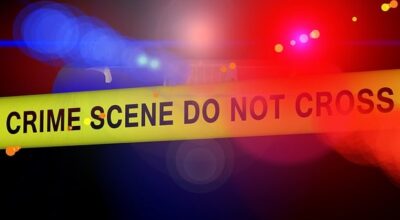An Influx Of Phony Currency
Published 2:39 pm Tuesday, September 20, 2011
BUCKINGHAM – Phony money has shown up in Buckingham, according to a press release issued Monday afternoon by the Buckingham County Sheriff's Department.
The department “is currently investigating an influx of counterfeit ten and twenty dollar U.S. currency notes that have been passed at county businesses within the last week,” the announces warns.
Buckingham County Sheriff William G. Kidd, Jr. is urging “all business owners and managers to be aware of this criminal trend and scrutinize bills exchanged at the time of purchase.”
Businesses are being told by Sheriff Kidd to place any counterfeit notes in an envelope for safekeeping and to notify the Sheriff's Department so that a report can be filed.
Counterfeit twenty and hundred-dollar bills had previously surfaced in Farmville in March, and the $100 notes were sophisticated phonies that defied the counterfeit-detecting markers used by banks and businesses.
The counterfeit twenties, Police Chief Doug Mooney said then, were printed in Virginia.
“But we have had about three or four hundred-dollar bill counterfeits that we've had in the area and these, according to the Secret Service, are being printed outside of the U.S. and they're unique in the fact that the markers…that banks use, and a lot of businesses, it doesn't work on these bills,” he advised.
“You have to hold it up to the light and look at the watermark,” Chief Mooney said, providing a tip on detecting phony bills.
To help area businesses that deal with the periodic appearance of counterfeit bills:
The watermark for hundred-dollar bills, as with tens, twenties and fifties, should duplicate the portrait on the bill and can be found, when holding the bill up to the light, to the right of the portrait itself. The watermark, furthermore, should be visible from both sides of the bill.
Other ways to detect counterfeit bills, according to the U.S. Secret Service's website include:
The portrait, which should appear “lifelike” and stand out “distinctly from the background.” The counterfeit portrait is “usually lifeless and flat. Details merge into the background, which is often too dark or mottled.”
The Federal Reserve and Treasure Seals on genuine bills see the saw-tooth points of each “clear, distinct and sharp. The counterfeit seals may have uneven, blunt, or broken saw-tooth points,” the website states.
The fine lines in the borders of genuine bills are “clear and unbroken. On the counterfeit (bills) the lines in the outer margin and scrollwork may be blurred and indistinct,” the U.S. Secret Service points out.
Regarding the serial numbers, the genuine bills have serial numbers with “a distinctive style and are evenly spaced. The serial numbers are printed in the same color ink as the Treasury Seal. On a counterfeit, the serial numbers may differ in color or shade of ink from the Treasury Seal. The number may not be uniformly spaced or aligned.”
As for the paper, genuine currency “had tiny red and blue fibers embedded throughout. Often, counterfeiters try to simulate these fibers by printing tiny red and blue lines on their paper. Close inspection,” the Secret Service notes, “reveals, however, that on the counterfeit note the lines are printed on the surface, not embedded in the paper.”
Anyone with information to assist the Buckingham Sheriff's Department should call the Sheriff's Office at 434-969-1772.





